Presentations are known for striking fear in the hearts of many. But, for some, the terror of presenting is surpassed only by having to field questions from the audience.
If that’s true for you, it’s understandable. You could be worried about saying the wrong thing or being hit with hostile or left-field questions that you can’t answer.
But it’s really worth taking a moment to reframe the experience. Those questions are a good thing. They’re signals that your audience is engaged and paying attention to what you have to say.
And with a typical Q&A taking place at the end of a presentation, it’s also a critical time to make the positive final impression that your audience will remember.
Don’t worry. With the right preparation, you can be ready and more in control than you may think.
Anticipate your audience’s questions
There’s no reason you have to go in totally blind. You’ll already have thought about your audience when you were preparing for your presentation. Now just put that insight and empathy to good use again to prepare for the questions you might face.
Ask yourself, which parts of your talk will concern your audience most? What could your message or recommendations mean for them? Will they be resistant to anything, and if so, what and why? Take a little time to note the questions that come up when you put yourself in their shoes. Then plan how you would answer them.
Decide your Q&A policy and prime your audience
You don’t have to save questions for the end. Your policy on when to take them will vary depending on the type of presentation you are making. In something like a tutorial or workshop, the style is interactive and you’ll probably welcome questions throughout. In a more lecture-style presentation, you may wish to save them to the end.
Ultimately though, it is up to you. Make your decision and then share it: you are in control here. The audience will be willing to accept your policy − as long as you tell them what it is!
And if you say early on ‘I’ll be taking questions at the end, so do note any you have,’ you’ll also prime them. You’ll start their mental gears turning, and you’re more likely to face lively discussion rather than stony silence when you’ve finished your talk.
How to invite questions at the end of your presentation
A meek ‘Any questions?’ at the end – especially if none follow – is an underwhelming way to finish and could undermine the hard work you put in on your presentation. So be proactive instead: actively invite questions from the audience.
Priming them at the beginning that you’ll be taking questions is a great start. But there’s more you can do. Sometimes people just need a nudge. Here are some ways to encourage an initially reserved group to speak up:
- Ask them a question or two that dig into elements of your presentation: do they agree? How does their experience compare? Have a few of these ready in advance.
- If you can, plant a question with a friendly member of the audience (or plant a friend with a question in the audience), so they can get the ball rolling.
- Spark further ideas using the questions you came up with earlier while considering the audience’s perspective. Introduce one by saying, ‘One concern I’ve heard about this is …’ or ‘A common question at this point is …’. You can invite opinions on the question and ultimately answer it.
Approach questions positively
Always be positive about questions, even the tricky ones. It will both reflect well on you and create an inclusive atmosphere, encouraging others to ask something.
If someone does ask a tough question, be honest and openly admit that. Your attitude in receiving the questions – and showing you’re happy to seek out more information, where relevant – is much more important than knowing absolutely everything.
So always take care not to appear defensive or unwilling to answer. If you don’t have the facts you need, say so – but say that you will find them and provide an answer (by email or however otherwise makes sense). You’ll win respect for your honesty and attention to detail.
Never go on the offensive, make something up or simply ignore the question – all three of these approaches risk damaging your reputation and derailing your goals.
Listen to the full question
Let your questioners ask their questions in full. This will ensure you don’t misinterpret what’s being asked and also gives you more time to formulate your answer.
Try to avoid someone else adding a supplementary to the question, otherwise you’ll be torn about which to answer. If this does happen, state which you will answer first and which second, so it’s clear you have acknowledged both.
And if a single question contains more than one part, answer them in the order you find most useful.
Summarise and repeat questions back
Other people in the audience may not hear or understand a question, so always summarise and repeat it before answering.
This is also useful for you, as it will give you more time to find your answer – or clarify the question for yourself. If you’re not totally sure what you’re being asked, reframe the question back, saying ‘If I understand you correctly, you’re asking …. Is that right?’
Be aware if there could be a hidden agenda behind a question. You may want to make reference to it (tactfully) in your summary repetition and so bring the true question to the surface.
And don’t be afraid to pause for a moment to consider your response. It’s natural to want to rush to fill any silence, but you don’t need to. Taking that time shows you are taking the question seriously and giving it thought.
Answer concisely and keep it inclusive
Make your answer concise. Don’t use it as an opportunity to begin another lecture. This section of the event isn’t just about you or any one audience member. Everyone should have a chance to ask his or her question, so there is no need to spend a lot of time in a dialogue with a single questioner. Keep it feeling open and inclusive.
And keep coming back to the group at large. You can do this by connecting one person’s point to another’s, putting questions back to the whole room or noting the broader significance of an individual’s comment.
How to handle difficult questions
It is possible that you’ll be faced with an awkward question or two, so it’s good to be prepared for that. Knowing you’re ready to deal with anything that comes up will give you confidence.
Questions can be difficult for different reasons: besides not knowing the answer, you might feel the questioner is deliberately trying to trip you up or even that they’re attacking you personally.
If an audience member poses a question that doesn’t seem relevant, you can first try to unpack it to see if you can uncover the connection. This can be as simple as saying, ‘Can I ask what makes you ask that question?’
Or, if a question obviously has no bearing on your subject, politely note that it doesn’t seem like part of the current discussion. You could also let them know that you’d be happy to speak with them about it separately.
If someone is being deliberately awkward or inflammatory, don’t rise to the provocation. There are a few ways in which you can undermine their efforts while keeping the higher ground. (If the person is clearly just stirring up trouble, it’s also likely the other members of the audience will be on your side.)
You can try one of these tactics:
- Summarise and repeat to highlight the silliness of the question, then use one of the techniques above for dealing with irrelevancies.
- Say ‘Yes, but what is the real question here?’ and shift the discussion somewhere sensible.
- Give a very succinct answer – even a mere ‘Yes’ or ‘No’ – and move on to the next question.
Be careful though. While some may like to test you, it’s important to never take anything personally and certainly don’t launch any personal attacks – even if one has been made on you.
Keep your commentary focused on the topics, not on people. Remember: someone attacking you directly makes them look bad, not you. An aggressive or defensive response will reflect badly on you too.
A constructive closing
And no matter what questions you receive, always take the opportunity to end positively. If you can, find a natural way to circle back to key messages from your presentation. You can also thank the audience for their time and participation. Closing the discussion on a constructive, upbeat note will leave a great final impression.
Ready to learn even more? Work one-to-one on your presentation-writing skills with one of our expert trainers or join our scheduled presentation-writing courses. If your team are looking to upskill, we also offer tailored in-house training.
Image credit: Monkey Business Images / Shutterstock
Subscribe
Expert advice to your inbox


